The images from Equus & Venus and additional images were published in a book by the same name that chronicles my experiences with Maggie Jacobs and Sharon Shearman working in the horse industry in Kentucky. It’s available for purchase here.
created 1998-2008; 40 total images
(third series in a triptych series. Many images in Equus & Venus were created during
Side Unseen and Down the Backstretch)
Artist’s Statement: Equus & Venus
In 1998, I took a job as a groom during the Keeneland Sales. I had no experience with horses, but I needed to do something completely different to stimulate my muse. This was completely different, all right, and it worked. Countless aspects of the horses, and the people who care for them, instantly moved me, and I began to make work that considered their lives as they related to, and intertwined, with each other. Soon, I was working full-time at a broodmare farm, where the energy begins.
Equus & Venus is the third set in a triptych series (Side Unseen (2000), Down the Backstretch (2003), created over ten years. It explores the dark recesses of an often-brutal, yet beautiful, industry. I narrowed my focus exclusively to women’s work within the overtly male-dominated industry. Women have an innate sense of nurture, compassion, and understanding, skills that are essential to a horse’s well being in whatever stage of their lives, birth to death and everything in between. And it is no secret that broodmare farms in particular prefer to hire horsewomen for their superior animal husbandry skills. Today, women are successfully entering, and faring quite well, in every aspect of the industry beyond the foaling barns. Equus & Venus explores them all.
For the triptych series I avoided misleading ‘pretty postcard’ images many hold as truth about Kentucky Thoroughbreds – though, admittedly, there are some things so beautiful they can’t be avoided. Instead, I was drawn to the daily routine of horse and human – where the real work, the real struggles, the real joy exists. From the full-frame compositions to the finished print, my attention was on the emotion, the passion, and the synergy of the moment, ignoring artificial lights, tripods, expensive cameras with all the bells and whistles, conventional angles, anything that distracted from the “decisive moment”. I embraced blurred images over perfect compositions because nothing about the horse business is perfect. Nothing. To do this, I used a cheap Lubitel camera to bend and twist the light, coupled with my 35mm wide-angle lens, which naturally skews perspective, expanded that flawed sensation. Finally, I draped the often extraordinarily dark images in warm tones to further marry the unpretentious imagery with the empathy I felt for the women, the horses and their relationship to one another.
To quote Conrad Hall: “There is a kind of beauty in imperfection.” That’s never been truer than in the lives of horses and the women who care for them.

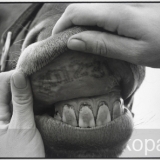
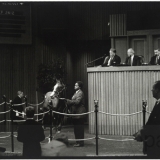
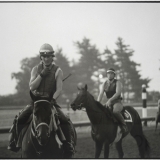
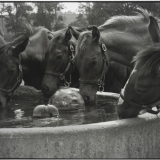
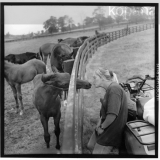
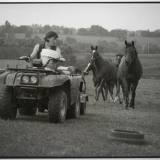
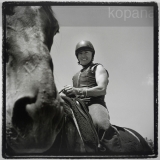
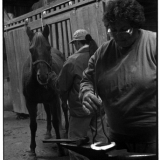
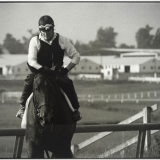
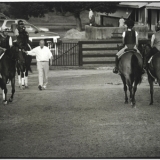
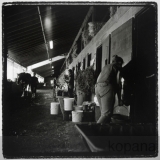
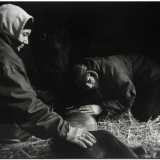
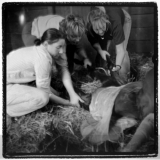
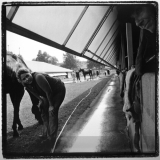

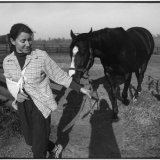
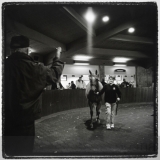
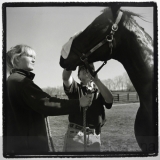
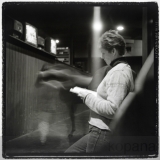
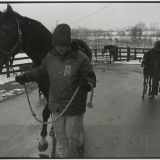
Leave a Reply